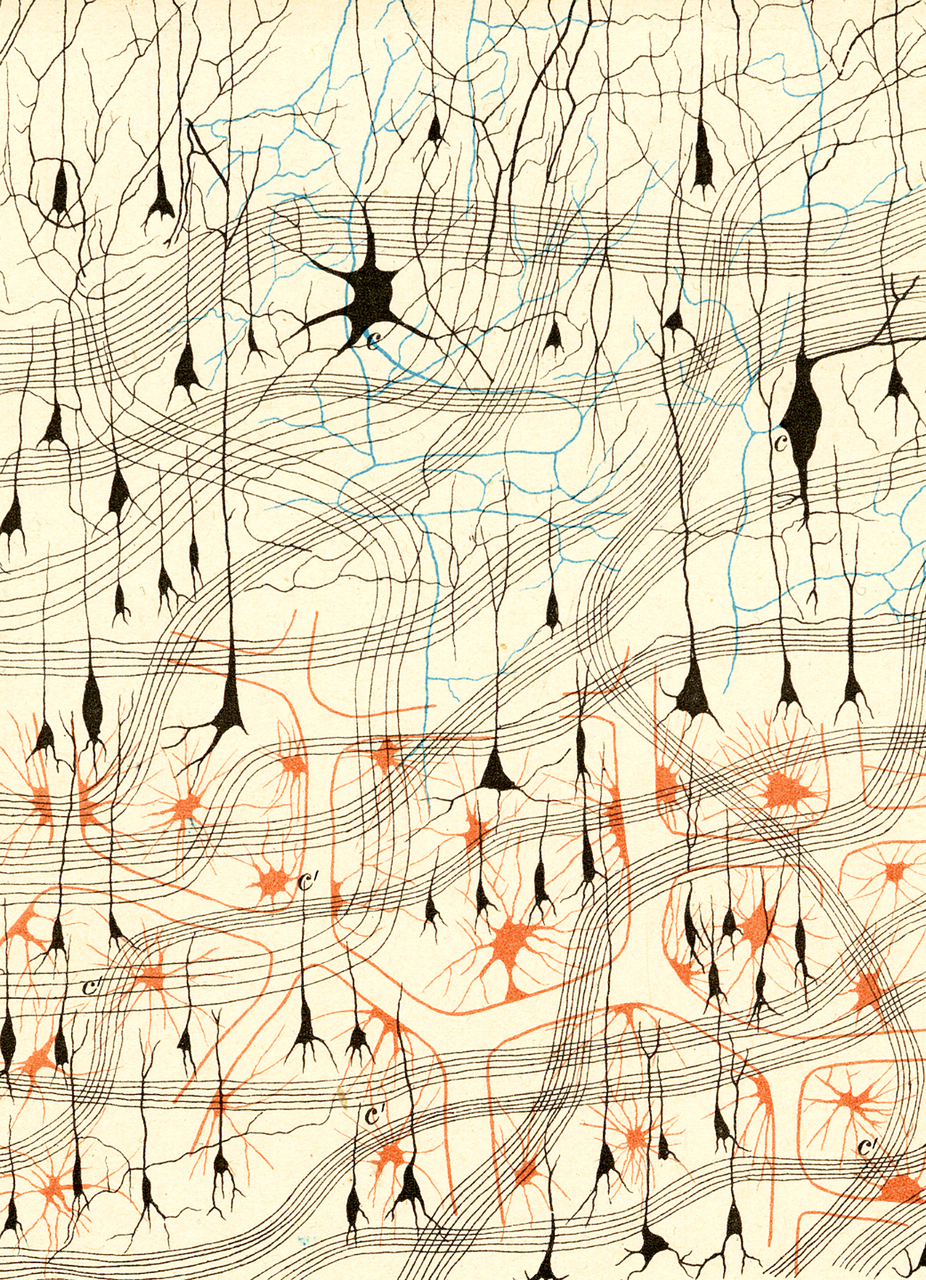Hidden in plain sight. Sonata for many voices
Classical music, as any music, takes place in time. Usually a long time. It counts on us to wait, to remember what is happening and to build our mental canvas of the events. A melody reappears here and there, slightly changed or completely transformed, the chords surprise, comfort, the pulse moves forward, is left suspended. Gradually the piece shows its unique musical matter: themes, harmony, rhythm, voices, register, timbre, the way they interact with each other.
Listening to music as if it were a language is usually considered a prerogative of musicians. And yet, this project originates from the experience and the belief that this kind of intimacy with music is an attention practice that can be learned without reading scores or spending years in a Conservatory. Is it interesting to listen to classical music as if it were a language? Can this perspective be an opportunity for interaction with other artistic languages?
This research looks for a common ground between the researcher (musician) and the participants (diverse backgrounds): listening to music and observing what they see happening, both may find a space for unexpected perception, a space whose existence will depend on the symmetry of the exchange. As they allow confrontation, small groups of three or four people are the chosen setting for the approach of classical music as a language, through a vocabulary and a learning practice that do not require a professional music background.
During a first set of explorative laboratories the researcher will prompt listening and discussion, performing at the piano and proposing recorded material of symphonic and chamber music repertoire. The laboratories will try out different starting points: single melodic line recognition (Mozart, Beethoven), multiple melodic lines and their interaction (polyphony, fugue, voices in orchestra and chamber music – Bach, Mozart, Beethoven), harmony – paratactic and hypotactic structure (Classicism, Schubert, Chopin), tonal system and its breakdown (Schönberg, contemporary music). Building on this first experience, laboratories for larger groups will be held in Zurich in Autumn. The listening practices a that arise from the research will published on this website through recordings, texts, links to performances.
Playing classical music repertoire can be a cycle of repetition, the repetition of a piece which was played countless times before the countless repetitions one needs to learn it. Notes become music when one can feel them new yet another time, when one does not fall in the dangerous loop of repeating oneself.
What is better then, than filling the air between you and the other people in the room?
Image: Nerve cells in a dog’s olfactory bulb (detail), from Camillo Golgi’s Sulla fina anatomia degli organi centrali del sistema nervoso (1885)
People
Elisa Lemma, Elisa is a pianist and editor based in Milan. She studied at Conservatorio “Giuseppe Verdi” and at Bocconi University, graduating from the master’s degree with an experimental thesis on students’ interest for classical music. She has worked in the editorial and communication department of Filarmonica della Scala, Festival Milano Musica, Sentieri selvaggi, Festival dei Due Mondi in Spoleto. She is interested in exploring different ways of playing and listening to classical music. Last year she conducted a series of laboratories in collaboration with the artists’ collective Altalena.
